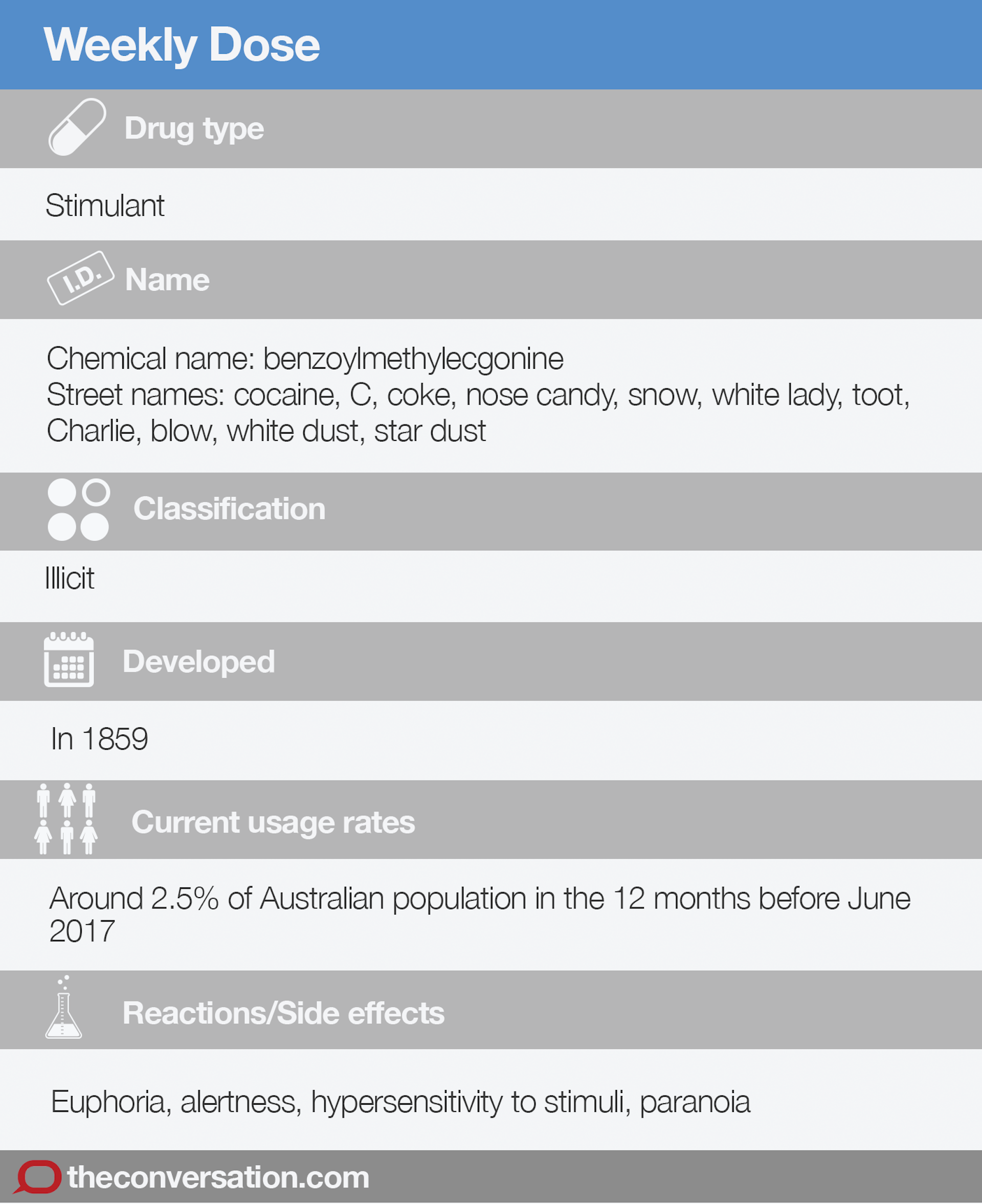

Not only therefore did Haber and Bosch therefore permit World War I to continue to its unimaginably bloody conclusion, but Haber added to this by being an active participant in Germany's chemical weapons program during the war, standing by as a observer as chlorine was first used to deadly effect. Germany's mastery of the Haber Bosch process permitted them to make all the nitrate they wanted from ammonia, made from nitrogen from the atmosphere and hydrogen made from coal. It is said that the British imagined that Germany would run out of munitions in a few short weeks, because they effectively controlled the world supply of nitrate from which explosives were made. The first application of the Haber Bosch process was not to make fertilizers to end hunger for millions, but to permit Germany to avoid the British embargo on the world's prior primary supply of nitrogen compounds: guano (bird dung) found in islands off South America.

And those who are here for the technical stuff and don't care about history (and hence don't mind the risk of repeating it), may wish to skip the next section of this paper. Here, the ironies become rather deep and delicious. And for these discoveries, both Haber and Bosch received Nobel prizes. Carl Bosch took Haber's process and scaled it up to 20 tonnes per day by 1913, with the help of Alwin Mittasch who discovered the much cheaper and more effective iron catalyst that made the process truly practical. Fritz Haber discovered that we could use Le Chatelier's principle to drive the reaction to the ammonia by condensing out the ammonia as fast as it is produced to drive the equilibrium reaction to the desired product, though his osmium catalyst (a Pt group metal) was rare and expensive. However, at high temperatures, ammonia wants to "crack" and fall apart to N2 and H2 again, so the yield is low. Nitrogen is very unreactive, so we need high temperatures and pressures- and a good catalyst- to make it react with hydrogen at a reasonable rate. How do we make ammonia? We make it by reacting hydrogen and nitrogen at high temperature and pressure over an catalyst, by a process that has been in massive use for over 100 years. And, so too, our major liquid biofuels (ethanol, biodiesel) are also quite dependent on ammonia. The vast majority of our food calories, and especially those of our food animals, are totally dependent on ammonia as the source of nitrogen fertilizer. Few in our society realize just how dependent we all are on a poison gas.Īmmonia has literally permitted about half the humans on earth today to exist at all.


 0 kommentar(er)
0 kommentar(er)
